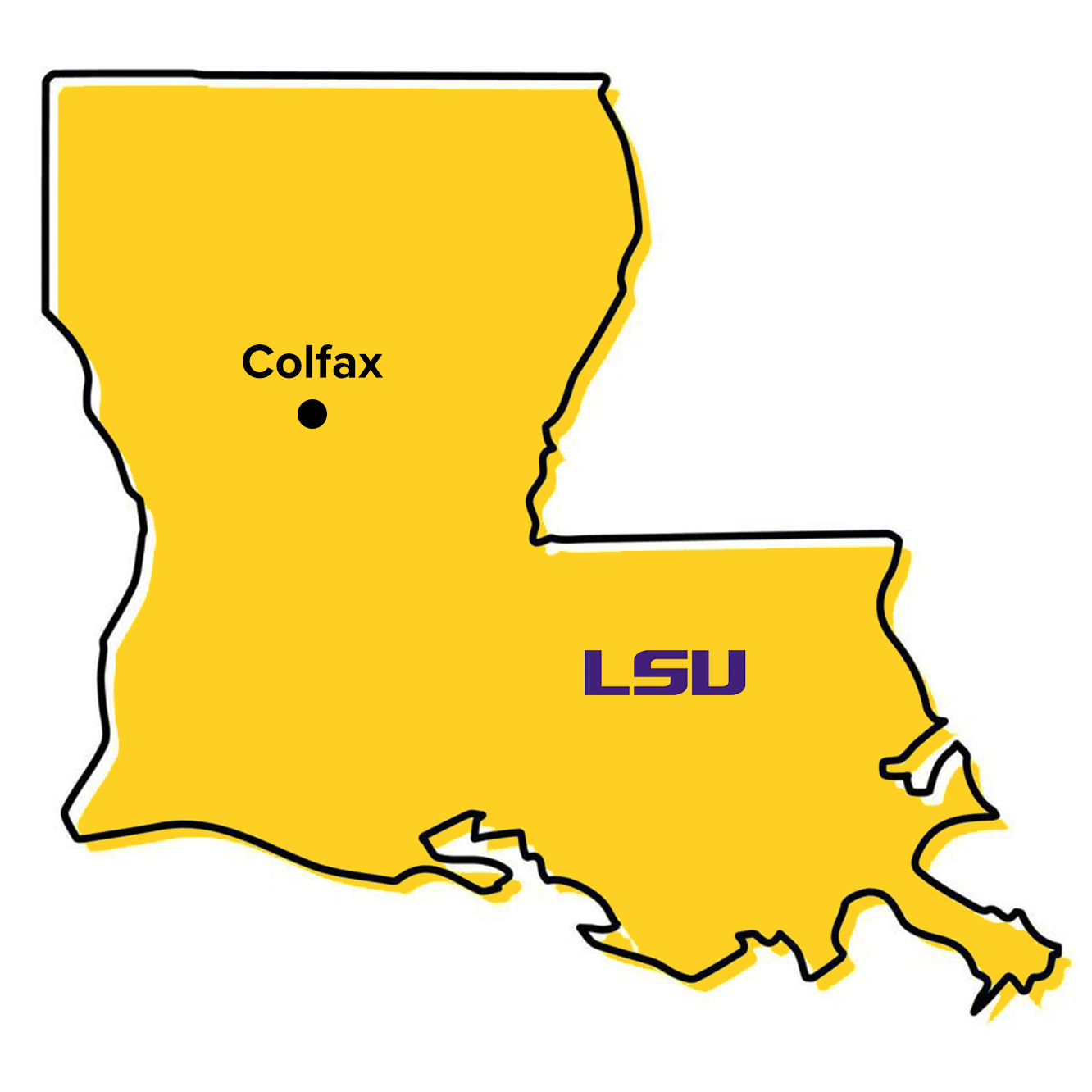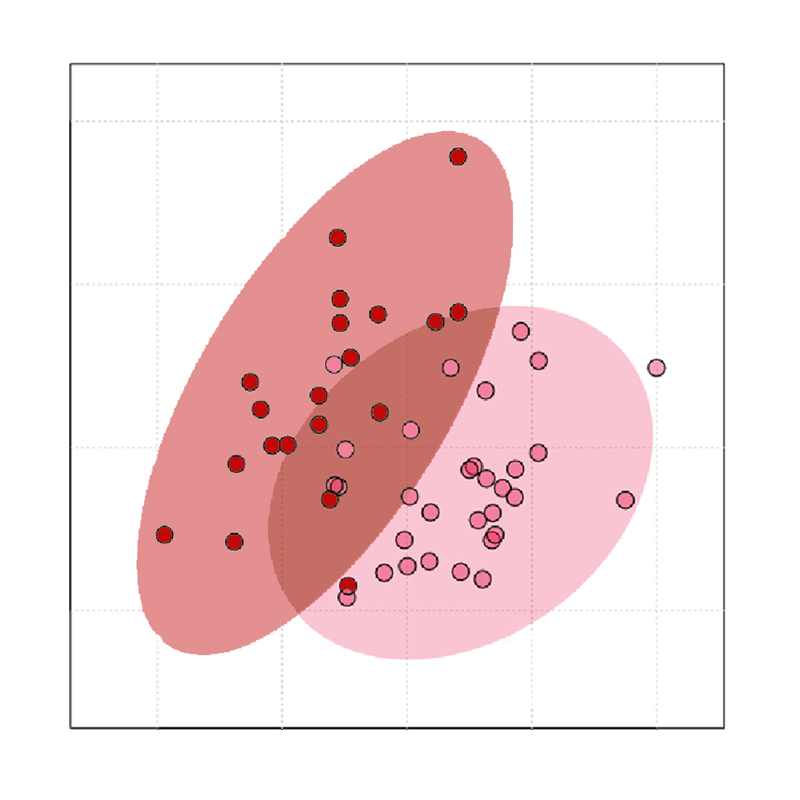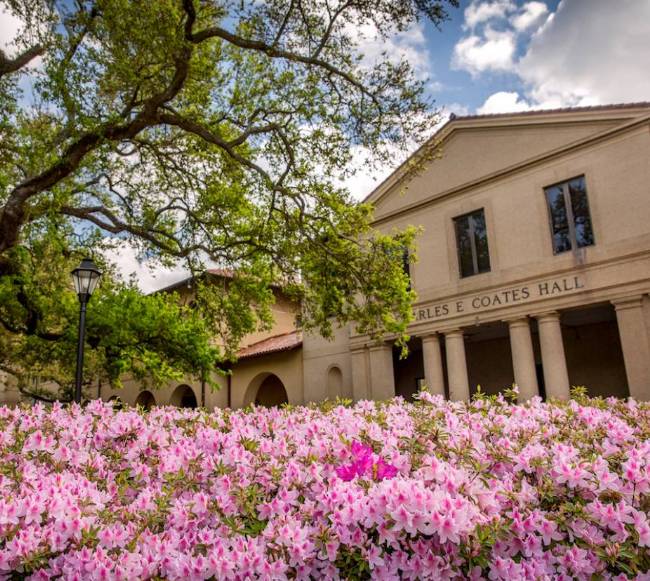Living Near a Thermal Waste Treatment Facility Changes Your Body, LSU Research Shows
August 20, 2025

The research was done in collaboration with the community living in and near Colfax, Louisiana.
The nation’s only commercially operating thermal treatment facility to dispose of explosive and toxic wastes by burning and detonating them out in the open is in the small, rural town of Colfax, Louisiana. By collaborating and collecting urine samples from more than 3% of its residents, an LSU-led team found 217 metabolites linked to disruptions in cell function, with much higher levels among those who live within three miles of the facility.
“Our study provides the first biological evidence that living near open-burn operations like those in Colfax can fundamentally alter how the body functions at the cellular level,” said research team lead Stephania Cormier, director of the LSU Superfund Research Program with joint appointments in the LSU College of Science and at LSU’s Pennington Biomedical Research Center. “These changes are not abstract—they affect real people’s ability to stay healthy and recover from illness. By working directly with the Colfax community, we’re not only advancing science but also empowering residents with data they can use to advocate for their health and environment.”
The biological changes the team discovered in the Colfax community could significantly impair the body’s ability to fight off disease and heal itself. These changes point to cellular and organ damage linked to cancer, cardiovascular and respiratory diseases, Parkinson’s, Alzheimer’s, stroke, inflammation, and digestive disorders.

A cluster analysis showed clear differences between people living more than three miles from the thermal treatment facility (pink) or closeby (red).
The Colfax facility processes discarded military ammunitions and explosives, as well as waste from nationally designated Superfund sites, such as landfills and areas contaminated by industrial operations. Responding to the facility’s latest permit application, the Louisiana Department of Environmental Quality ordered the facility to stop open burning and detonating waste in December 2023.
Previous research by the LSU Superfund team has shown emissions from the Colfax facility include particulate matter, volatile organic compounds, heavy metals, and environmentally persistent free radicals, or EPFRs, the central focus of the research team. The newly published study is the first attempt to identify biomarkers specific to EPFR exposure. It offers two key contributions: first, it provides the Colfax community with scientific data so residents can make informed decisions about their health and environment; and second, it demonstrates how metabolomics, or the study of cellular metabolites, can be used for non-invasive, community-scale environmental health assessment.
“Our study demonstrates the power of metabolomics as a tool for environmental health research,” said Avinash Kumar, postdoctoral researcher at LSU’s Pennington Biomedical Research Center and lead author of the study. “By using a simple, non-invasive urine test, we can identify early warning signs of serious health risks. This approach can be applied to many vulnerable communities to detect and address hidden health effects of pollution before they become irreversible.”
The research team includes scientists in the LSU College of Science and at LSU’s Pennington Biomedical Research Center along with colleagues at North Carolina State University and University of Tennessee, Knoxville. The study is part of the ongoing work of the LSU Superfund Research Program, which is supported by the National Institute of Environmental Health Sciences, a division of the National Institutes of Health, and by the Herbert Weiner Endowment.
Next Step
LSU's Scholarship First Agenda is helping achieve health, prosperity, and security for Louisiana and the world.


